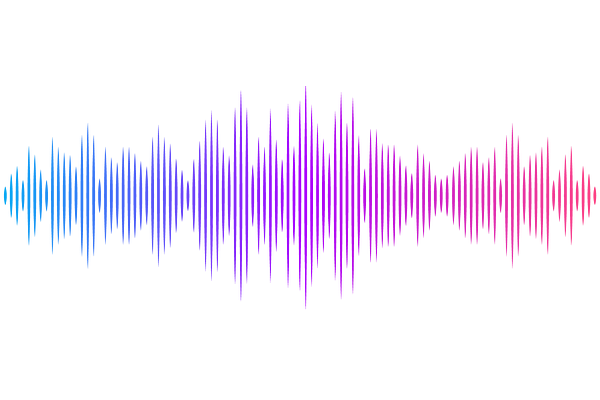Comparing population synthesis models of compact double white dwarfs to electromagnetic observations

Comparing population synthesis models of compact double white dwarfs to electromagnetic observations
Wouter G. J. van Zeist, Jan van Roestel, Gijs Nelemans, Jan J. Eldridge, Valeriya Korol, Silvia Toonen
AbstractContext: Studies of the Galactic population of double white dwarfs (DWDs) that would be detectable in gravitational waves by LISA have found differences in the number of predicted detectable DWDs of more than an order of magnitude, depending on the binary stellar evolution model used. Particularly, the binary population synthesis code BPASS predicts 20 to 40 times fewer detectable DWDs than the codes SeBa or BSE, which relates to differing treatments of mass transfer and common-envelope events (CEEs). Aims: We aimed to investigate which of these models are closer to reality by comparing their predictions to the DWDs known from electromagnetic observations. Methods: We compared the DWDs predicted by a BPASS galaxy model and a SeBa galaxy model to a DWD catalogue and the sample of DWDs observed by the Zwicky Transient Facility (ZTF), taking into account the observational limits and biases of the ZTF survey. Results: We found that BPASS underpredicts the number of short-period DWDs by at least an order of magnitude compared to the observations, while the SeBa galaxy model is consistent with the observations for DWDs more distant than 500 pc. These results highlight how LISA's observations of DWDs will provide invaluable information on aspects of stellar evolution such as mass transfer and CEEs, which will allow theoretical models to be better constrained.